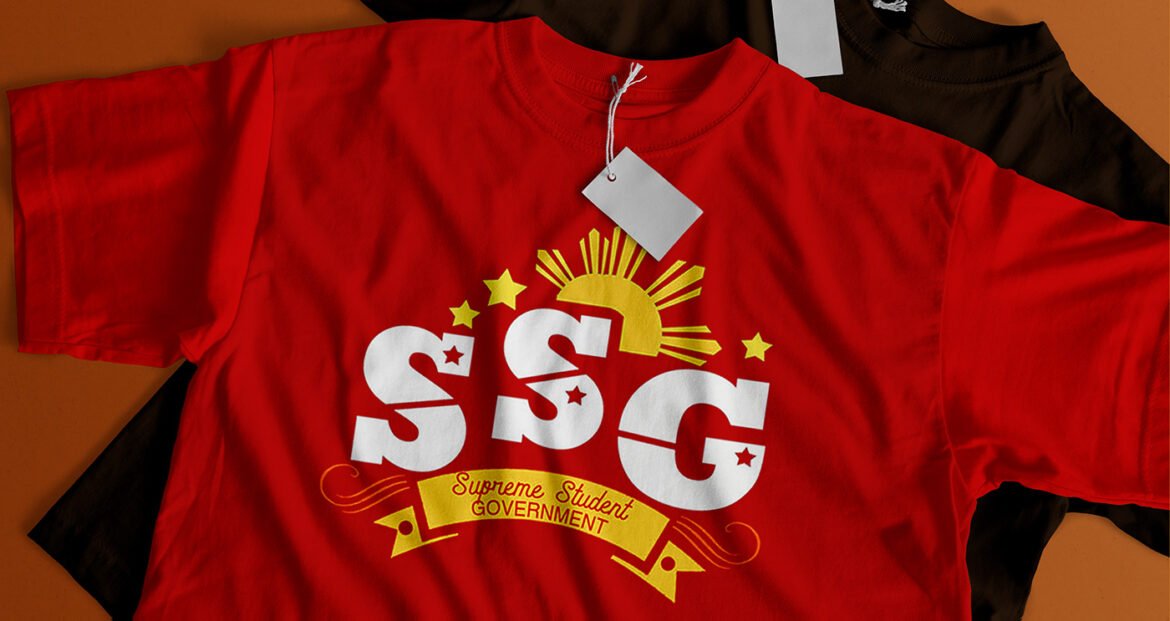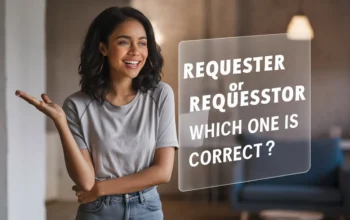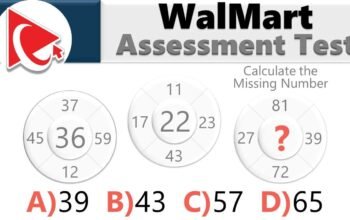Everything Students and Schools Need to Know
A thriving school community often starts with a team of students determined to make a difference. That team is the Supreme Student Government, a student-led organization built to represent, empower, and uplift the entire student body. This guide breaks down everything needed to understand how an SSG works, why it matters, and how it transforms student life.
What Is the Supreme Student Government?
Every campus needs a voice that speaks for its students, and the Supreme Student Government fills that role with energy and purpose. The SSG acts as the highest governing body of students, responsible for creating harmony between learners, teachers, and administrators. Think of it as the “heartbeat” of student leadership — always active, always evolving, always representing.
Core Functions of the SSG:
- Represents all students in official discussions
- Plans school-wide activities and programs
- Serves as a bridge between school leaders and the student body
- Promotes discipline, academic growth, and community involvement
LSI keywords used naturally: student government leaders, student governance, SSG responsibilities, school leadership group.
The History and Evolution
The idea of student governance isn’t new. Over the decades, many schools developed systems to help young leaders make meaningful contributions. However, the Supreme Student Government formed as a standardized model to unify student representation nationwide.
How the SSG Evolved
- Schools needed a consistent student leadership framework
- Education departments introduced policies guiding youth governance
- Student participation grew, and more structured elections were implemented
- SSG programs expanded to leadership trainings, welfare programs, and community outreach
Over time, the SSG shifted from a simple student council into a comprehensive leadership institution that prepares future leaders for civic engagement.
Supreme Student Government Structure:
A strong SSG works like a well-coordinated team. Every officer carries essential duties to keep the organization effective and trustworthy.
Below is a quick visual representation of the Supreme Student Government structure:
Supreme Student Government
|
——————————————————–
| | | | |
President VP Secretary Treasurer Committees & Units
SSG President
The president acts as the primary leader. They run meetings, oversee major projects, and set the tone for the entire term. Their decisions often shape the culture of the organization.
SSG Vice President
The vice president supports the president and ensures all committees function smoothly. When issues arise, the VP steps in to coordinate solutions.
Secretary, Treasurer, Auditor, and PIO
- Secretary: Manages documentation and communications
- Treasurer: Handles funds, keeps receipts, prepares reports
- Auditor: Ensures transparency and checks financial records
- PIO (Public Information Officer): Broadcasts announcements and creates campaign materials
Committees and Support Units
Examples include:
- Events Committee
- Student Welfare Committee
- Discipline Task Group
- Academic Support Team
Each committee helps the SSG expand its reach and deliver more focused programs.
How to Establish and Elect
Setting up an effective SSG starts with a clear structure and a transparent election process.
Requirements for Forming an SSG
- A recognized student body
- A school-based constitution or by-laws
- Faculty oversight from an SSG adviser
- Registered candidates who meet academic and behavioral standards
Election Process
Typical steps include:
- Announcement of available positions
- Filing of candidacies
- Campaign period (with fair guidelines for all parties)
- School-wide elections through ballots or digital voting
- Counting and proclamation of winners
Transition and Turnover
Smooth leadership transitions matter. Clear documentation helps the next batch of officers continue projects without confusion.
Essential Turnover Documents:
- Financial reports
- Activity records
- Project proposals
- Committee files
Duties and Responsibilities
An SSG does more than organize events. It builds a culture of leadership and service.
What the SSG Handles:
- Acts as a mediator between administrators and students
- Leads school celebrations and outreach events
- Maintains peace and order during major activities
- Builds partnerships with local organizations
- Creates programs for mental health, cleanliness, and academic support
Key Skills Officers Learn
- Leadership
- Communication
- Negotiation
- Event planning
- Financial literacy
These skills help students beyond school and into their future careers.
Signature Programs and Projects of a Strong SSG
A productive Supreme Student Government delivers programs that touch both the school and the wider community.
Leadership Development Workshops
SSG leaders often run or attend training programs that build confidence and teamwork.
Environmental and Campus Cleanliness Projects
Common examples:
- Tree planting
- Zero-waste campaigns
- Classroom cleanliness drives
Anti-Bullying and Wellness Campaigns
Student governments play a central role in keeping campuses safe and inclusive.
Academic Support Initiatives
These may include:
- Peer tutoring
- Study groups
- Scholarship information
- Skills training sessions
Community Outreach Projects
Examples:
- Fundraising for local causes
- Donation drives
- Volunteering activities
Benefits of an Effective
A powerful SSG enriches school life and builds solid foundations for young leaders.
Major Benefits
- Creates an inclusive school atmosphere
- Encourages teamwork and leadership development
- Enhances communication between teachers and students
- Provides real experience in project management and budgeting
- Builds self-confidence through public speaking and teamwork
Challenges Faced
Even the best SSGs encounter hurdles. The key is to address them early.
Common Problems and Solutions
| Challenge | Explanation | Solution |
| Low student engagement | Students feel uninformed or uninterested | Improve communication and create relatable programs |
| Budget issues | Limited funds restrict project plans | Transparent fundraising and partnership-building |
| Internal conflicts | Miscommunication or clashing personalities | Team-building workshops and clear responsibilities |
| Time management | Students balance academics and leadership | Use scheduling tools and delegate tasks |
Best Practices of High-Performing
Successful SSGs follow simple but powerful principles.
What Top SSGs Do Well:
- Maintain open communication
- Keep honest financial records
- Delegate tasks wisely
- Build good relationships with teachers
- Evaluate events and adjust strategies
- Encourage participation from all grade levels
A quote often shared in youth leadership trainings summarizes it well:
“Leadership isn’t about being in charge. It’s about building people who can lead with you.”
How Schools Can Support
Schools play a major role in helping the SSG succeed.
Ways Schools Can Help
- Provide training sessions and leadership seminars
- Offer budget support when possible
- Give the SSG a platform during assemblies
- Create safe spaces for students to express concerns
- Recognize outstanding student leaders
When schools and SSGs work together, the entire campus becomes more united and empowered.
FAQ
Q: What makes an SSG effective?
A strong team, clear communication, and consistent projects.
Q: Can junior high and senior high students join?
Yes, depending on the school’s guidelines.
Q: How does the SSG improve school culture?
Through events, policies, and programs that encourage cooperation, discipline, and respect.
Q: Who supervises the SSG?
A faculty adviser supports the group, but students make most decisions.
Final Thoughts
A committed Supreme Student Government shapes the spirit of the school. It empowers students, gives them a voice, and turns simple ideas into meaningful change. When students lead with passion and when schools support them the entire campus feels the impact.



